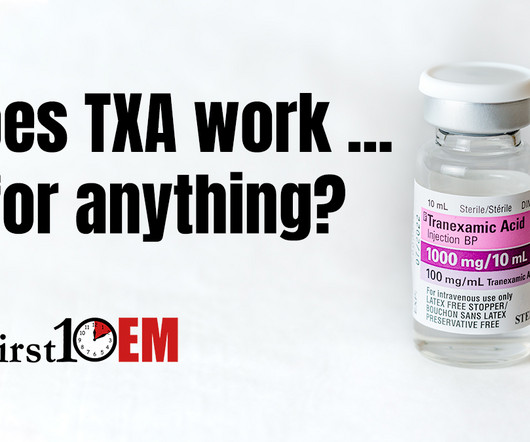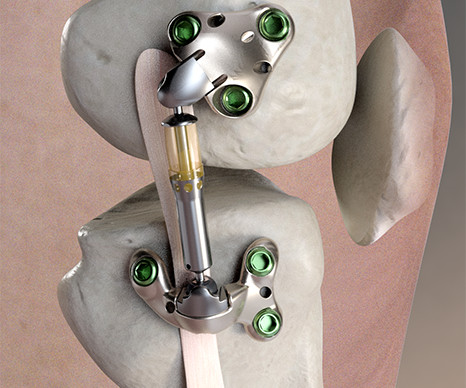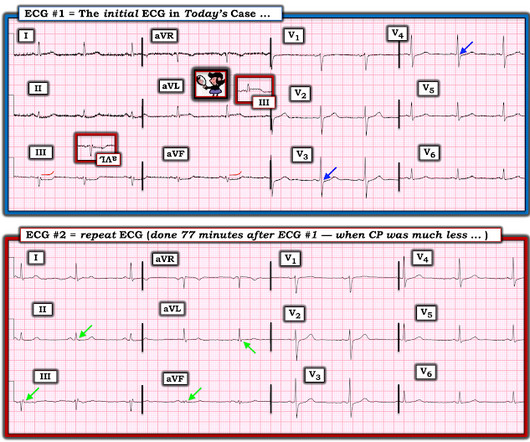TIRBO #39: 5 rules for clinical excellence
Critical Care Scenarios
JULY 12, 2023
5 things you pretty much must be doing if you want to be excellent at critical care. See also on the blog: The ten laws of critical care Practicing medicine like an adult 5 things you pretty much must be doing if you want to be excellent at critical care.













Let's personalize your content